Overview
Corticobasal degeneration is a progressive neurological disorder characterized by nerve cell loss and atrophy (shrinkage) of multiple areas of the brain including the cerebral cortex and the basal ganglia. Corticobasal degeneration progresses gradually. Initial symptoms, which typically begin at or around age 60, may first appear on one side of the body (unilateral), but eventually, affect both sides as the disease progresses.
Affected individuals often initially experience motor abnormalities in one limb that eventually spreads to affect all the arms and legs. Such motor abnormalities include muscle rigidity and the inability to perform purposeful or voluntary movements (apraxia). Affected individuals may have sufficient muscle power for manual tasks, but often have difficulty directing their movements appropriately
Although CBD was historically described as a motor disease, it is now recognized that cognitive and behavioral symptoms also herald CBD and not uncommonly predate motor symptoms. Initial symptoms typically appear in people during the sixth decade and may include poor coordination or difficulty accomplishing goal-directed tasks (e.g., buttoning a shirt).
Causes and Risk factors
- The underlying cause of corticobasal degeneration (CBD) is poorly understood. However, researchers have found that a protein called tau plays a role in the development of CBD.
- Tau is a specific type of protein that is normally found in the brain. In CBD, abnormal levels of tau accumulate in the brain cells, eventually leading to their deterioration and causing symptoms of the condition. Exactly why this happens is unknown.
- Tau also appears to play a role in other neurodegenerative diseases such as Alzheimer disease, progressive supranuclear palsy, and frontotemporal dementia.
- There is no evidence to suggest that environmental exposure to toxic or infectious agents plays a role in causing CBD.
Symptoms and signs
People with corticobasal degeneration (CBD) develop a range of difficulties with movement, speech, memory, and swallowing.
The main symptoms of CBD are outlined below. Most people with the condition won’t experience all of these.
Early symptoms
CBD typically affects one of the limbs at first. This is usually a hand or arm, but sometimes a leg.
Problems affecting the limb can include:
- A clumsy or “useless” hand
- Muscle stiffness
- Shaking (tremors) and spasms (dystonia)
- Loss of feeling
- Feeling like the limb doesn’t belong to you (an “alien” limb)
Some people also develop problems with walking and coordination
Mid-stage symptoms
As CBD progresses, it may eventually start to cause problems in your other limbs. Walking, balance and coordination may get worse. Many people have problems with their speech, which will become slow and slurred.
Some people with CBD also have dementia, although this doesn’t always occur, symptoms may include:
- Problems recalling words, reading and using correct language (aphasia)
- Short-term memory loss
- Problems carrying out tasks that require planning or thinking ahead
- Problems coping with sudden and unexpected situations
- The difficulty with numbers and counting
- Difficulty seeing things or knowing where they are located (such as furniture)
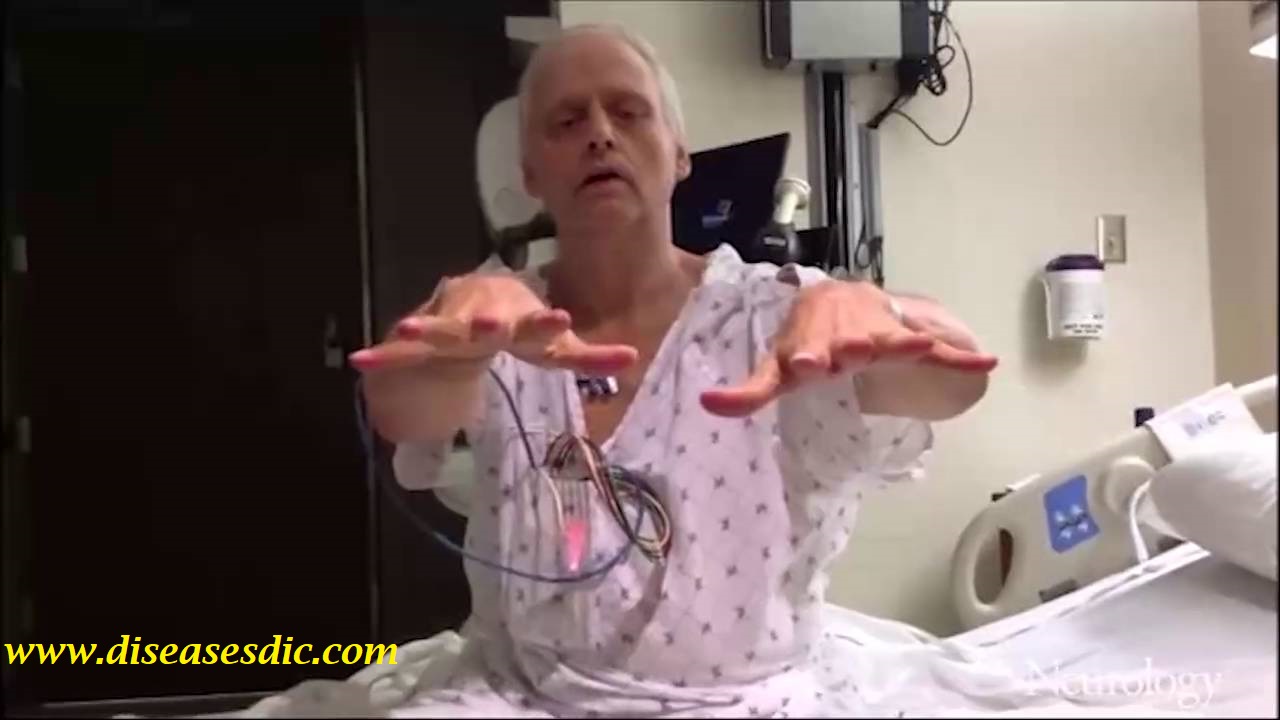
Advanced stages
As CBD reaches an advanced stage, muscle stiffness will continue to get worse. People with the condition may lose the ability to move 1 or more limbs. Some people are unable to walk and need a wheelchair or assistance to transfer (such as help getting into and out of bed).
Other problems people with advanced CBD can experience include:
- Worsening speech problems, which can make it hard for others to understand you
- Uncontrollable blinking
- Worsening dementia, meaning constant care may be needed
- Increasing difficulties swallowing, which may mean a feeding tube is required
Complications
The complications of Corticobasal Degeneration may include:
- Aspiration pneumonia
- Intellectual disability
- Poor feeding
- Walking difficulties
Complications may occur with or without treatment, and in some cases, due to treatment also.
Corticobasal degeneration diagnosis and test
It is difficult to detect the disease in its early stage since CBD is quite similar to neurodegenerative diseases. Diagnosis is conducted with the help of some comprehensive neurological exam which is combined with laboratory evaluations.
Imaging Techniques
CT or MRI scans can also be used as they provide images of asymmetric atrophy of the fronto-parietal regions of the cortex.
The imaging methods that are mostly utilized when studying or diagnosing CBD, involve:
- Magnetic resonance imaging (MRI)
- Fluorodopa positron emission tomography (FDOPA PET)
- Single-photon emission computed tomography (SPECT)
Treatment and Medications
There are no specific drugs or therapies to cure this disease as the exact cause of the CBD is not known. Medications are provided to cure the symptoms. There are some medications that help treat CBD directly. These involve:
Memantine
Memantine is designed to treat Alzheimer’s disease. It also helps reduce abnormal brain activity, which helps slow the progression of abnormal brain activity which improves mental and physical functions. However, one should always discuss with the doctor. The side effects of Memantine are drowsiness, shortness of breath, headaches, dizziness, and constipation.
Levodopa
It is generally used for curing Parkinson’s disease. This medication may provide a short-term improvement in muscle stiffness and rigidity as it is less effective on people with CBD. Levodopa works by maximizing the levels of a brain chemical called dopamine which transfers messages from the brain which regulate and supervise the body’s movements. The common side effects of Levodopa are nausea and indigestion. If used for a long time, it may produce side effects like:
- Confusion
- Drowsiness
- Involuntary physical movements, such as jerking as well as mood changes
Baclofen
It is used to treat muscle stiffness and rigidity. It works by blocking out the nerve signals that cause muscle stiffness. The side effects of Baclofen include:
- Constipation
- Headaches
- Dizziness
- Diarrhea
- Increased need to urinate
The side effects pass away once the body gets habituated to them.
Clonazepam
It is used for treating symptoms of muscle spasm. The side effects of this medication include:
- Loss of coordination
- Lightheadedness
- Fatigue
- Dizziness
- Muscle weakness
Alcohol intake must be reduced during this time as it only aggravates the symptoms and also magnifies the impact of alcohol.
Cognitive Stimulation
It is a therapy that is used to treat the symptoms of Dementia. It also includes participating in activities and exercises that are designed to improve memory, problem-solving skills and language ability of patients. It usually consists of two 45-minute sessions a week. This therapy is provided by a trained expert.
Speech & Language Therapy
This therapy helps to improvise the speech and swallowing difficulties. It also teaches patients varied techniques to make the most of the speech function by training the voice and making it clear. Patients need some technical support to communicate with other people when CBD progresses. A wide range of communication technologies is available these days.
Physiotherapy
It helps in making use of remaining mobility by using the exercise. Regular exercise helps strengthen the muscles, improve the posture of the body and prevent stiffening of the joints.
Occupational Therapy
In this process, therapists advise patients on how to cope with problems while carrying out daily activities and how to prevent trips and falls. An occupational therapist is also able to identify places in the home that might cause accidents or falls, such as poor lighting, loosely kept rugs, crowded corridors, and walkways.
Treatment of Dysphagia
Dysphagia or trouble and difficulty in swallowing food and water should be treated or it will result in problems of constipation. The treatment involves exercises to help stimulate the nerves which are used to trigger your swallowing reflex and strengthen the muscles which are used during swallowing. A lot of physical techniques are there to make swallowing easier.
Prevention
Currently, Corticobasal Degeneration is not preventable.
- If there is a family history of the condition, then genetic counseling will help assess risks, before planning for a child
- Active research is currently being performed to explore the possibilities for treatment and prevention of inherited and acquired genetic disorders
Regular medical screening at periodic intervals with tests and physical examinations are recommended.
 Diseases Treatments Dictionary This is complete solution to read all diseases treatments Which covers Prevention, Causes, Symptoms, Medical Terms, Drugs, Prescription, Natural Remedies with cures and Treatments. Most of the common diseases were listed in names, split with categories.
Diseases Treatments Dictionary This is complete solution to read all diseases treatments Which covers Prevention, Causes, Symptoms, Medical Terms, Drugs, Prescription, Natural Remedies with cures and Treatments. Most of the common diseases were listed in names, split with categories.


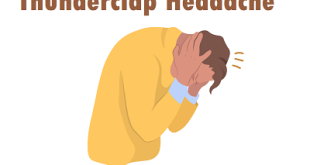
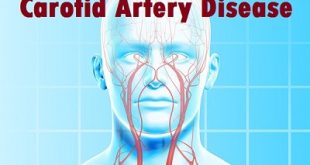
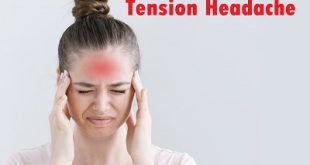

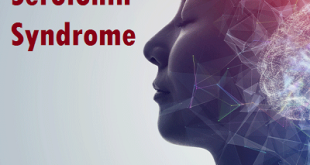

it is surprising to learn that cause of disease is still not known .u have provided a very good information about the disease .Pl also let me know the advance symptoms and duration of the disease
I love your application, God bless you., it is very useful to me, I find it very to it treat issued in the life people even my life also, thanks my regards to your team for this great work.
Hello my father was diagnosed with this disease about 6 years ago following a false parkinson diagnosis. Around the same time I @ the age of 40 started having symptoms of loss of memory and cog. loss of eye site, fybromyalgia, inflammation of certain joints in the ancle, wrist, elbow, hand and arm on the left side of the body, Lesions along with a long list of diagnosis some correct some maybe not including RMSF, Peripheral Neropithy,
anxiety dep. disorder with a ton more. Is this Heretitary